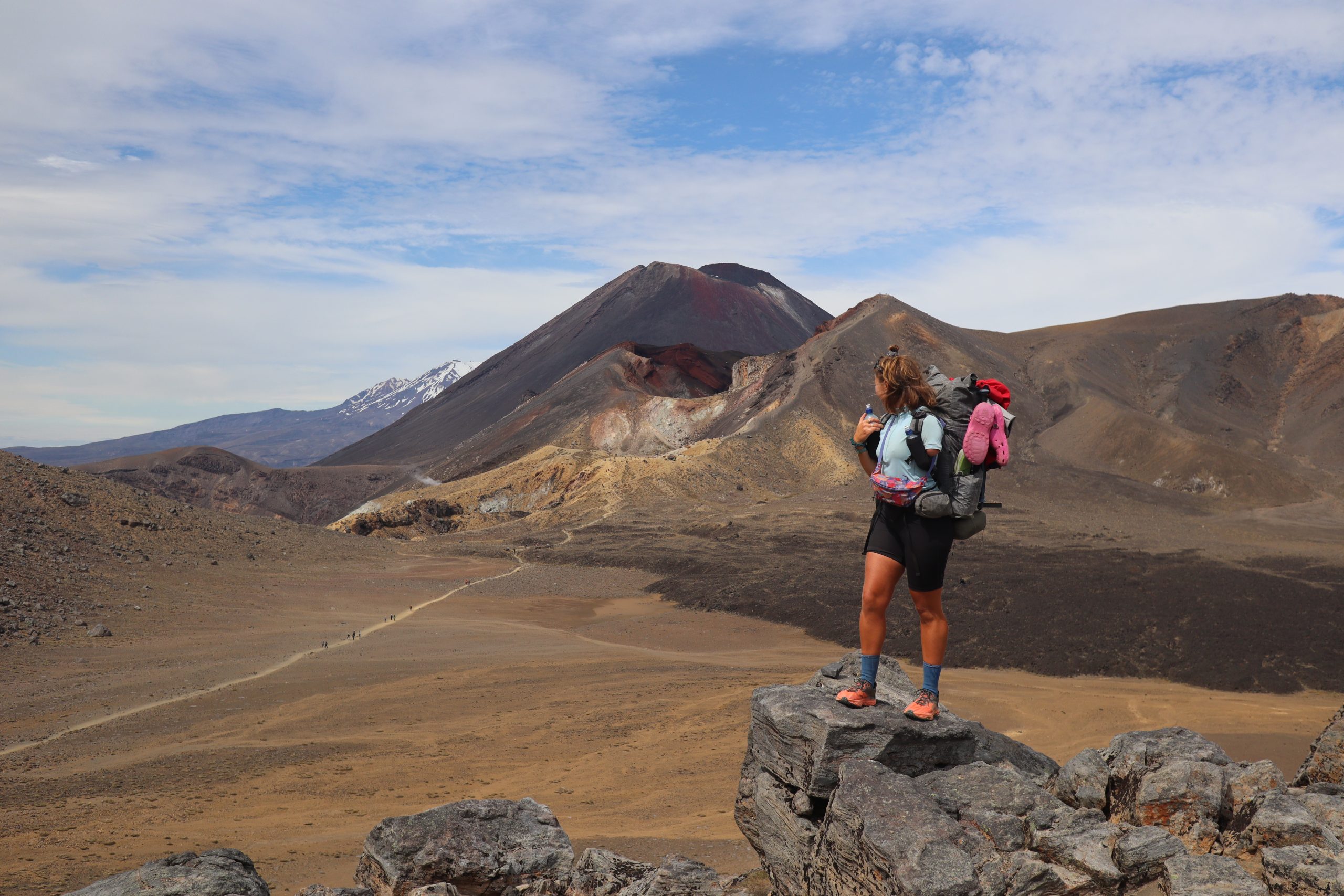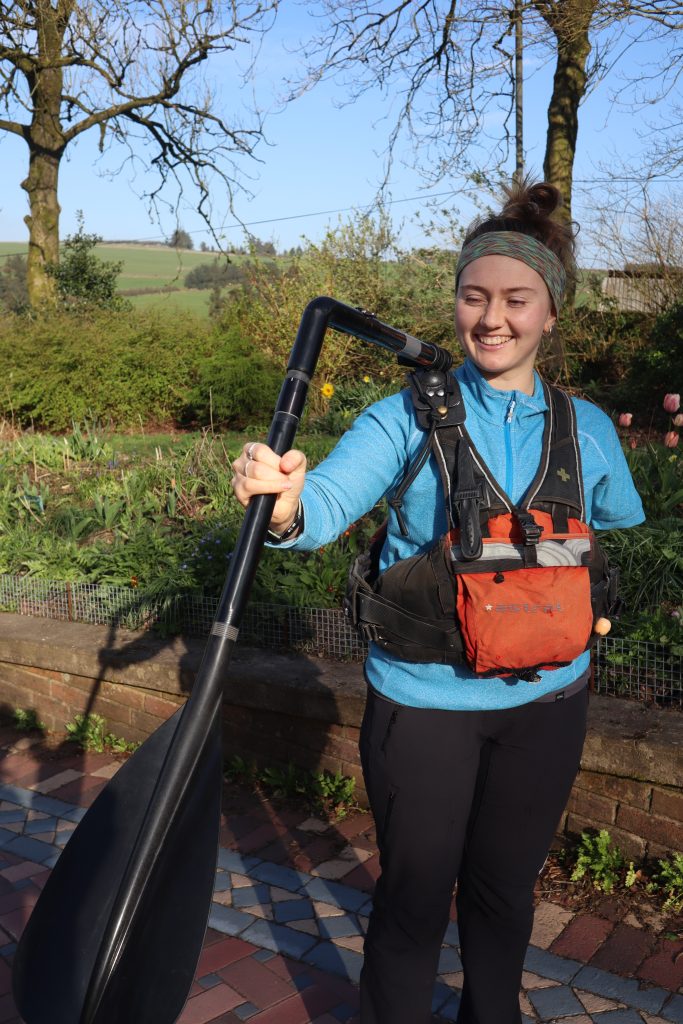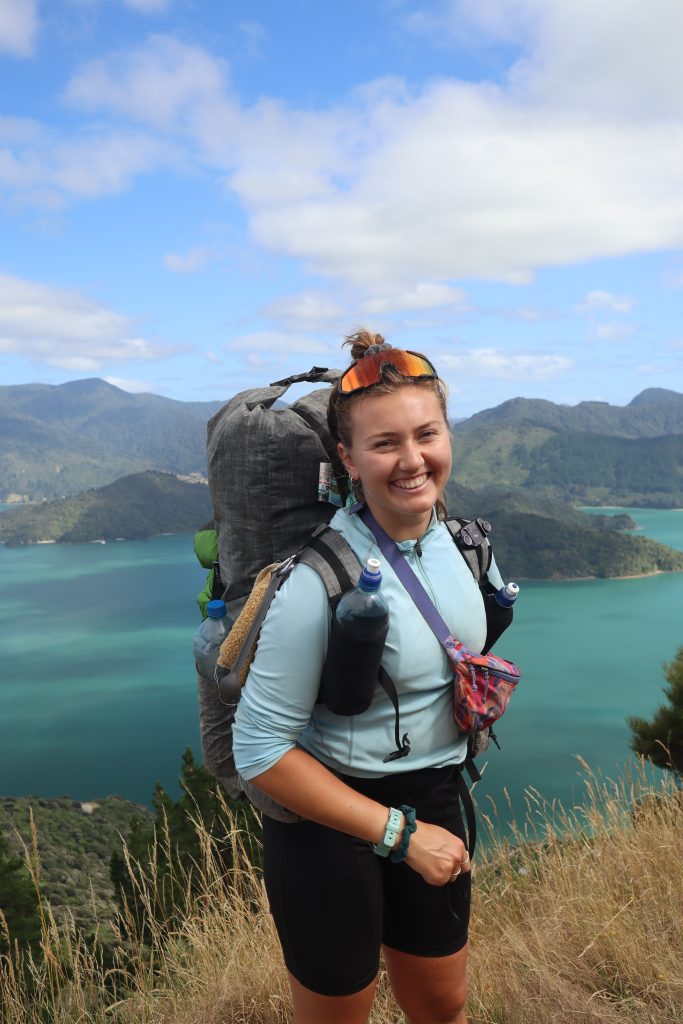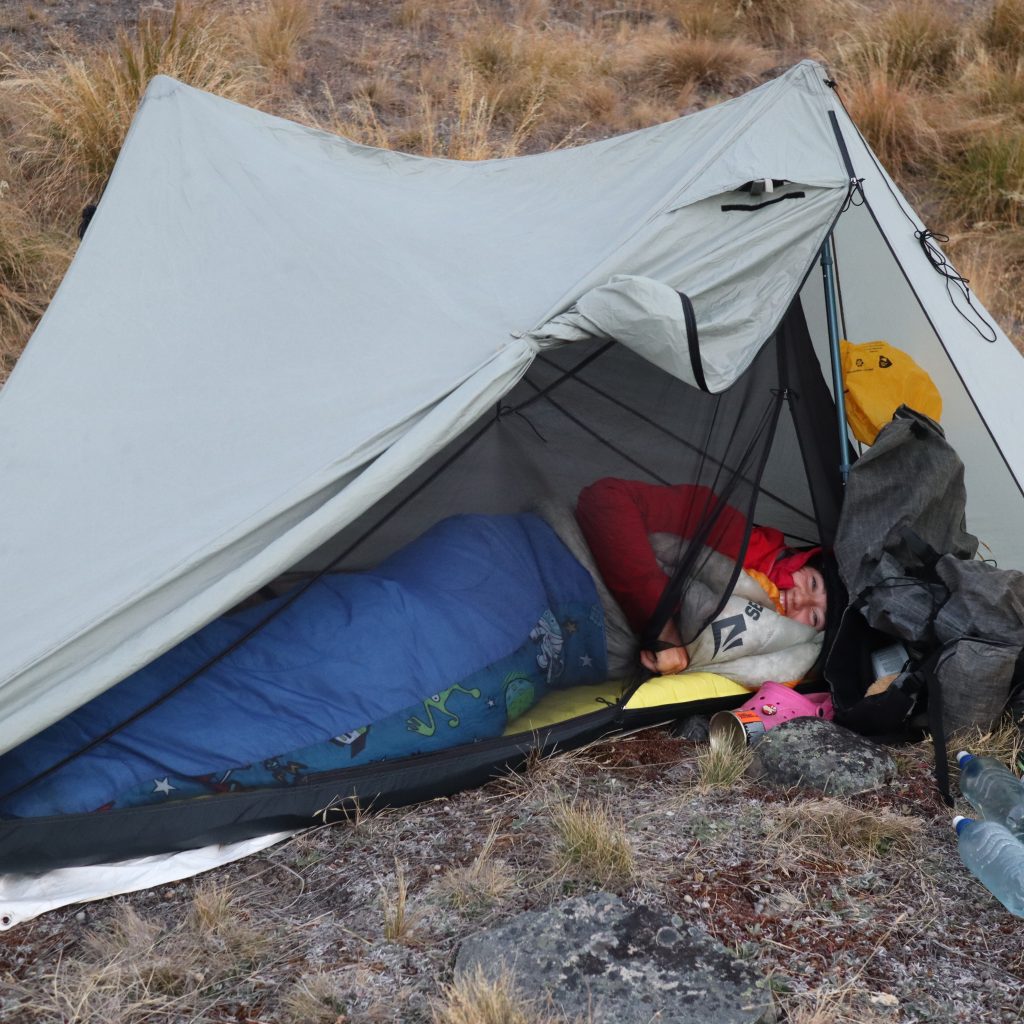Last year, in October 2023, I went to New Zealand in pursuit of walking Te Araroa – a 3000km trail the length of the country.

Thru-hiking is the act of continuous walking on a long-distance trail, often in one direction from A to B, carrying everything you need on your back. I first stumbled across the concept on YouTube, a suggested video of Te Araroa popped up, I watched it, I cried, I fell in love, and then I promised myself I’d do it. 4 years passed between seeing that video and walking Te Araroa. In that time, I finished my BSc of Bioscience, I worked in a research lab, and then I got a job as a Clinical Trials Assistant. I earned enough money for the trip and then left for New Zealand.
Unlike most thru-hikes, Te Araroa includes 150km of canoeing – this was going to be my biggest challenge. I had canoed once before at a RAW camp when I was 10. I hadn’t used an adaption and I also hadn’t gone very far! Considering the extent of this trip I knew I would need some support. I reached out to a product design friend about potentially making a prosthetic adaption and then they pointed me toward the “one-arm freedom paddle”. I was very relieved to see an “off-the-shelf” product. It immediately eliminates so much time and faff going to appointments. Seeing other people use the paddle, naturally, also inspires confidence. Soon after I ordered it, I applied to the Reach bursary scheme. This is open to members under 25, the bursary supports adaptive equipment like this paddle, or car adaptions, and any other specific needs pertaining limb difference, such as specialised training. I personally find the bursary to be more than just monetary support, it makes me feel understood. Having been through the rigmarole of getting my mountain bike arm through the HSE grant – where they’re really only interested in funding cosmetic limbs, *audible sigh* it was a pleasure applying for the Reach bursary.

There are not enough pages in this magazine to share all the pictures and stories of Te Araroa, but fear not – I gave a presentation at the AFW (Annual Family Weekend) in October 2024 and you can find the recording here to hear all about it.
After you watch that, you might have some questions like…
How far did you walk each day?
I usually walked around 25km a day, it varied depending on the terrain, your energy, and how heavy the bag is.
Did you go alone?
I went to NZ solo but I was always walking in company on Te Araroa. The trail is very popular, people from all over the world come to walk it, it’s actually a very social experience! I walked with a group of 8 for 3 weeks and then 2 people for the remainder of the trail.
How heavy was your bag?
My base weight (the weight of the pack without food and water) was 8.5kg. Food can add on 3-4kg depending on how much you need to carry, and 1-2kg of water. The heaviest my pack weighed was 16kg, I was carrying food for 7 days. The good thing is, the more you eat the lighter the load!

Did you take breaks?
Yes! We call them zero days because you walk 0km! The trail can be broken down into bite-size sections, usually dictated by towns. Every 4-7 days you will come into a town to resupply, wash clothes, shower, reply to messages, eat, rest, plan the next section of trail (how many days food you need etc.,) and then go again.
What did you eat?
I ate enough tuna and noodles for a lifetime. I usually ate oats and a granola bar for breakfast. Lunch and dinner could be anything; instant mash, salami, cheese, crackers, bread, pre-cooked rice, little cans of beans, lots of nuts, cous cous, and the occasional dehydrated meal offered exceptional flavour!

Did you camp or stay in hostels?
Predominantly camping. On rest days I stayed in hostels, nothing beats the comfort of a proper bed! There are back country huts on the South Island offering basic shelter, they have bunks with foam mattresses, and sometimes a stove. I stayed in many of these huts, they feel very homely after a long day in the outdoors.
Any crazy or scary moments?
Lots! A spontaneous helicopter ride, so much hitchhiking, rapids on the Whanganui river, rutting stags, gunshots, glow worms… a lifetime of stories!
If you have a spark of interest in this sort of thing, give it a go! It will always be a bit daunting, “have the courage to try”
Ellie has a blog where you can read more about this trip, ask questions, and follow along for more adventures at elmarieobrien.com or find her on Instagram @elmarieeeee
Shared from Within Reach Magazine Spring 2025. Read the latest Within Reach magazine here!

